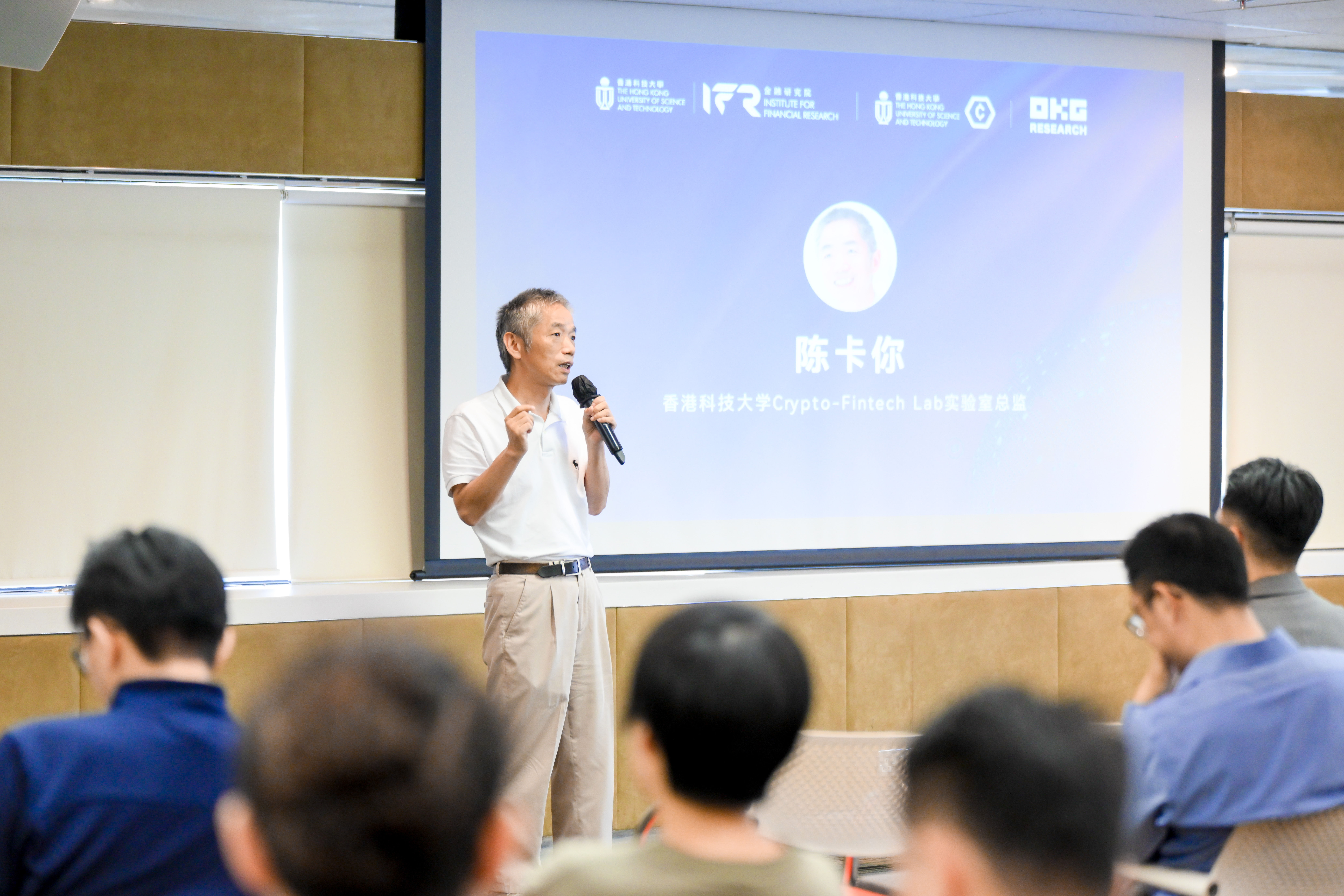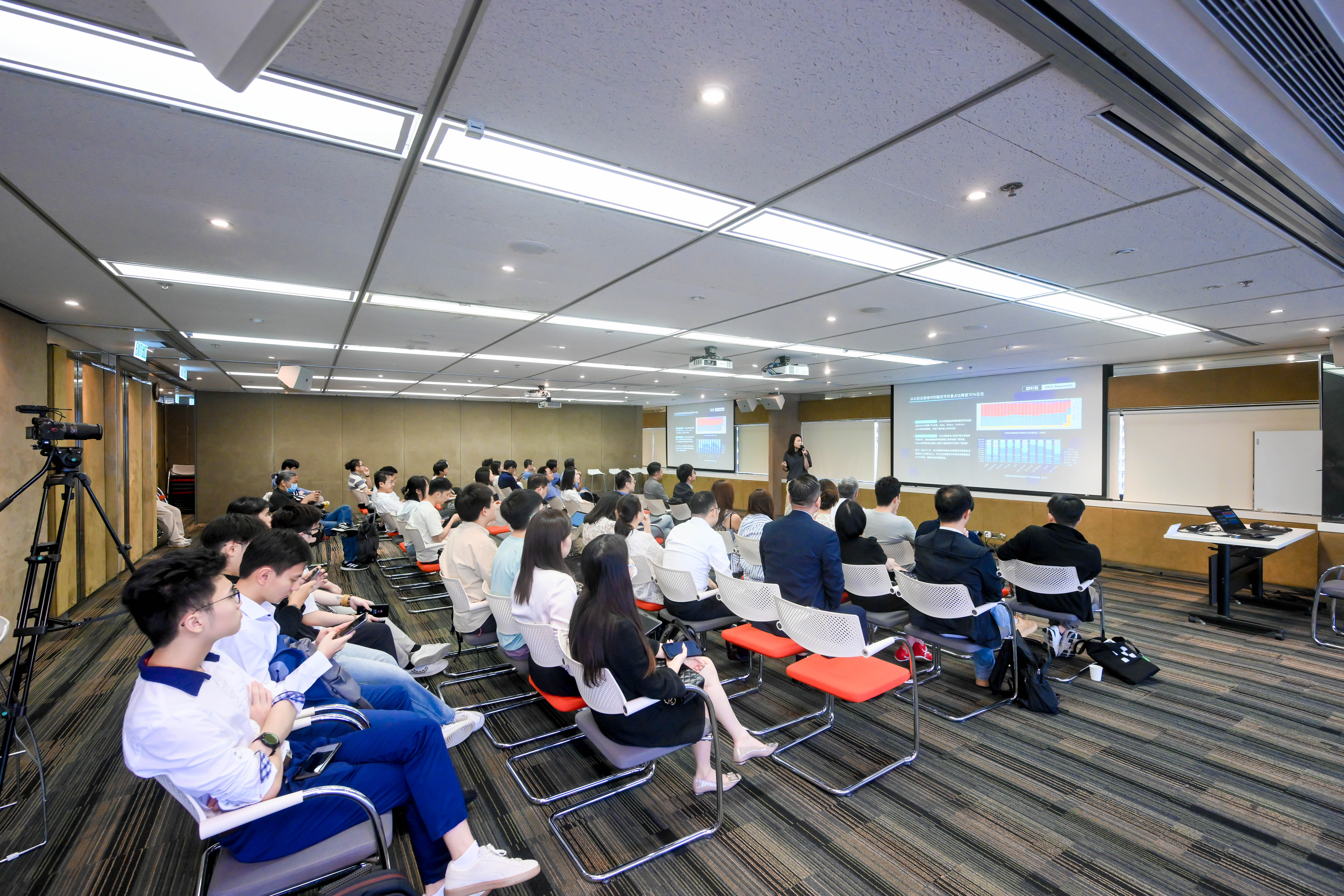On June 4, 2025, HKUST Institute for Financial Research, in collaboration with OKG Research and the HKUST Crypto-Fintech Lab, hosted a seminar titled "Stablecoin Legislation Unleashed: Will Web3 Payments Move Beyond 'Experimental Zones'?". Representatives from prominent industry institutions including OKG Research, OKX Pay, Solana Foundation, JD Coinchain, and ZA Bank joined academic researchers to engage in in-depth discussions on new opportunities brought by stablecoin legislation and the pathways for large-scale adoption of Web3 payments.
The Hong Kong Special Administrative Region Government's "Stablecoin Ordinance" was officially gazetted on May 30, marking its formal enactment into law. Simultaneously, the U.S. "GENIUS Stablecoin Act" is advancing rapidly, indicating a major turning point in global stablecoin policy frameworks. Against this backdrop of "institutional underpinning", stablecoins—as core infrastructure for on-chain payments—are gradually transitioning from "technical experiments" to real-world applications. On June 5, Eastern Time, Circle, the "first stablecoin stock", officially listed on the New York Stock Exchange, further fueling discussions on this topic. As one of the earliest regions to complete stablecoin legislation, Hong Kong has consistently placed high importance on the development and regulation of this field. In this context, the seminar received active support and participation from HKUST.
Bo Tang, Assistant Director of the HKUST Institute for Financial Research, stated in his opening address: "Stablecoin legislation presents a significant opportunity for Hong Kong. The city's advantage lies not only in its financial system but also in its unique position as a bridge between East and West. For the next phase of development, we must consider how to leverage Web3 infrastructure to empower real industries, reduce costs, and enhance efficiency, while also attracting more global Web3 enterprises to establish operations in Hong Kong."

Director of the HKUST Crypto-Fintech Lab, Kani Chen, further emphasized: "For stablecoins to achieve widespread adoption and application, two core elements are crucial: first, ensuring the consistent fulfillment of their 'stability' characteristic, and second, establishing sufficient market scale and application scenarios."

At the seminar, Lola Wang, Head of OKG Research, released a Web3 payment research report that analyzes global regulatory trends for stablecoins, technological evolution in on-chain payments, and relevant global data. The report indicates that stablecoin legislation is rapidly transitioning from "regional experimentation" to a "global framework" phase, particularly across major financial centers in Europe, America, and the Asia-Pacific region.

Multi-Party Exploration of Breakthrough Paths for Web3 Payments
The panel discussion centered on the core topic: "How far are we from the large-scale adoption of Web3 payments?" The seminar featured invited guests including Assistant Dean Tang Bo of the HKUST Institute for Emerging Market Studies, Adam Jin, Advisor to the Solana Foundation, Teddy Liu, CEO of JD Coinchain, Miles Mok, Head of Web3 Business at ZA Bank, and Brain Tsang, Product Lead of OKX Pay. The panelists shared practical insights and observations from diverse perspectives, including on-chain performance, security mechanisms, user experience, the competitive landscape of stablecoins, and institutional trust.

During the discussion, multiple guests highlighted that the true value of Web3 payments lies not only in the "on-chain" clearing and settlement of transactions but also in its ability to construct a verifiable trust structure, which redefines solutions to traditional challenges such as cross-border payments and cross-platform transactions.
Miles Mok shared his perspective: "From a technological foundation standpoint, Web3 infrastructure is rapidly maturing, and the regulatory framework for stablecoins is still evolving. However, achieving bank-level trust and large-scale adoption will require further institutional and ecosystem support."
Teddy Liu analyzed the future development prospects of stablecoins, outlining three major trends: "First, regulation will achieve greater international integration. Beyond engaging with the Hong Kong Monetary Authority, issuers must actively communicate with global regulators. Second, market acceptance will continue to grow, positioning stablecoins to become a critical component of the global payment system. Third, building a robust and healthy stablecoin ecosystem requires advancements in compliance, technology, and liquidity."
As stablecoin regulations gradually clarify, Web3 payments are moving beyond "experimental zones" into real-world applications. Whether through optimizing payment experiences for everyday users or expanding enterprise-level solutions, Web3 payments are increasingly demonstrating unique advantages in security, efficiency, and transparency.
The representative from OKG Research also noted during the seminar that over 10 countries and regions have formally introduced stablecoin regulatory frameworks or legislative drafts. With improvements in user experience, expanded merchant adoption, and the promotion of compliant stablecoins, Web3 payments are expected to unlock significant growth opportunities in the next two years, with penetration rates projected to reach approximately 20%.




 closure
closure





